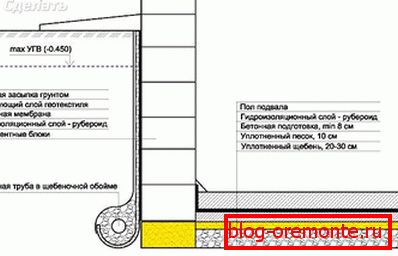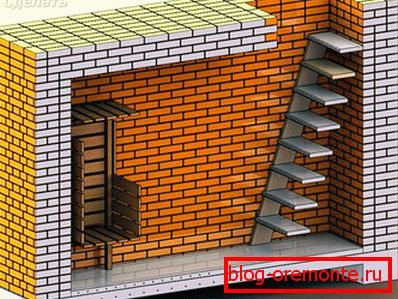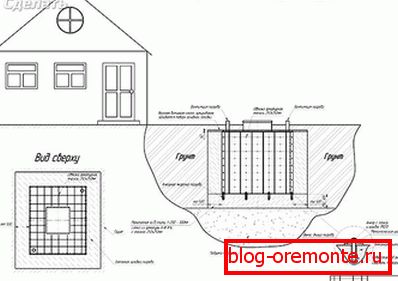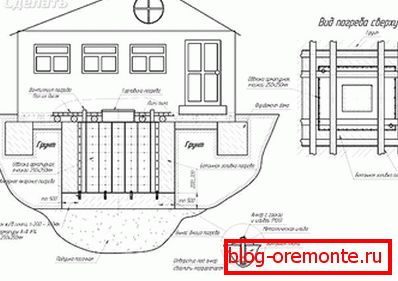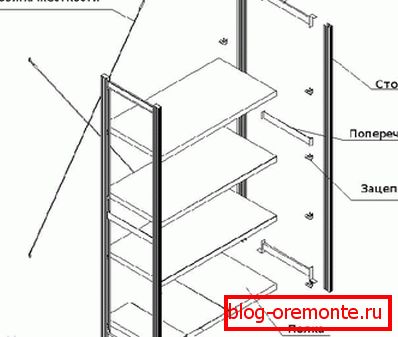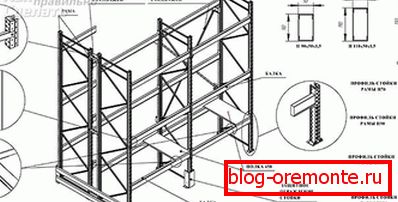Do-it-yourself cellar: views and features of the device
After the harvest is over, the dacha driver faces the problem of where to store his stocks. Vegetables won't last long in an apartment or garage.
Well, if the cottage was bought already with the cellar. But if it is not, then you will have to either hire a brigade, or do it yourself. There is nothing difficult in work, you can handle it yourself. The main thing is to do it in advance, before the harvest comes. Otherwise, then in a hurry, you can make a lot of mistakes.
Types

There are three types of cellars:
- ground;
- recessed;
- semi-buried
Study area
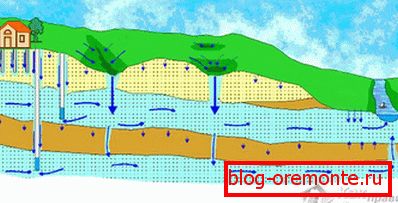
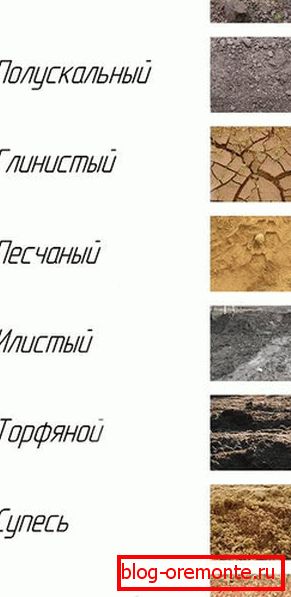 First you need to determine the depth of groundwater. This is especially true when building a recessed and semi-submerged cellar.
First you need to determine the depth of groundwater. This is especially true when building a recessed and semi-submerged cellar.
One method requires a fresh egg, a shred of wool, and a glass bell jar. This is a very old technique, which, nevertheless, is fairly accurate. It is necessary in the place where you plan to build a cellar, put a piece of wool on the ground, and an egg on the wool. Above all, it covers the cap. Cap leave the night. In the morning you should see the results.
It is believed that if both the egg and wool contain dew, the groundwater is very close. Building in such a place is not recommended. If the egg is dry and the dew is only on wool, then the water is deep enough. And if the wool and the egg are dry, then the place is just great for construction, because there may not be any water at all.
There are several types of soil:
- sandy loam;
- sandy;
- loam;
- clay;
- peat;
- plıvun.
Peat is one of the best types of embankment soil. It prevents food spoilage, especially when it comes to potatoes and other vegetables.
The quicksand is a very heaving soil that can cause a lot of trouble. It consists of sandy loam, loam or fine sand. Usually for construction in places with such soil, soil is replaced by adding sand.
Sandy soil is great for the construction of the base. Often this soil is used to reduce moisture and heaving.
Construction of a warehouse

Labaz - ground construction, it can be built anywhere, including in the lowlands. Although, of course, it would be great to make it in a dry place.
The depth of the storage shed does not require, although some structures of this type make them slightly recessed. Logs for such a cellar should be treated, for example, with liquid bitumen. The main thing is that the coating protects the wood from moisture and mold. Bottom can be waterproofed, if there is a need.
- First the base of the labaze is made.
- Once the base is ready, it is necessary to build the structure itself, which should not be too high. In appearance, it looks more like a tent or hut.
- Logs for labaza processed.
- To make the protection of the cellar, you need to install the crate.
- It's time to figure out how to make a cellar waterproofing from above. For this it is necessary to lay roofing material on the roof crate. This material will perfectly protect products.
- An embankment is made above the roof. Peat is used as a material. This is the best type of soil for this purpose.
Interestingly, the shed can generally merge with the terrain. After all, it is enough to plant the embankment soil with seeds of grass or other plants so that it will overgrow.
How to make ventilation in the cellar of this type? To do this, there are special boxes in which ventilation can be regulated using a special mechanism - the valve. Sizes labaza each owner sets his own. Usually they do not exceed around 3.5 m.
Semi-deep
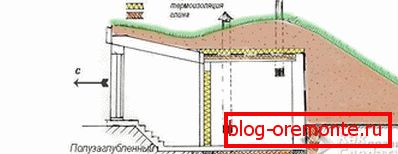
The virtue of a semi-submerged cellar is that it is less picky about the ground than the subsoil. For its arrangement it is enough to dig a ditch about 1 meter deep. In some cases, 70–80 cm is enough.
- The base is made of concrete or brick. Less commonly used for such purposes slag concrete. Slag concrete can be harmful, so it is used only after processing.
- Great attention should be paid to waterproofing the bottom and walls of the cellar. For this you can use roofing material, as well as clay and other coating materials.
- Semi-deep погреб требует перекрытия. Его обычно делают из горбыля.
Other species
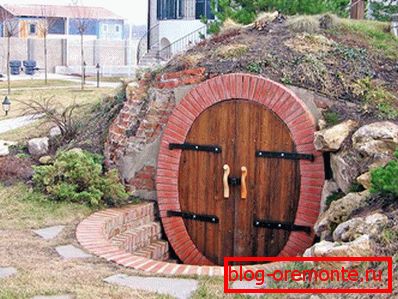
There are many other varieties, despite the fact that there are three main species. For example, an ordinary ground cellar may become slightly different if it is covered with peat on top of it. The same can be said about buried structures.
Under the garage house it is necessary to conduct research of the soil, so that later there will be no problems. However, given the fact that during the construction of the garage, they most likely have already been carried out, it does not take much time. Even if there was no research, the owner of the building is still more or less aware of the depth of the groundwater.

Special attention should be paid to the ventilation of the building. It is usually made with the help of special pipes. Such tubes serve as channels. Fresh air flows through one of them, and the waste air flows through the other.
Since the cellar under the garage is an underground structure, more serious walls and waterproofing will be required. In some cases, such constructions are made in wet soils. In this case, the walls are made of cement and covered with a thick layer of insulating material. Do not forget that the soil should be “dried” with the help of sand. This will allow the site to be separated from the groundwater, at least partially.
By the way, during the construction it is necessary to do drainage systems. Moisture, one way or another, is still present on the sites. It can penetrate the structure as precipitation, therefore the moat and drainage system are necessary.
Video: features of the design of the cellar
A photo

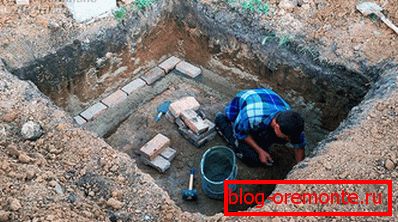
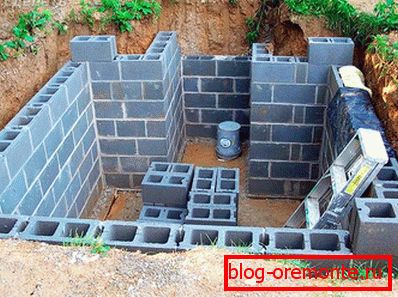
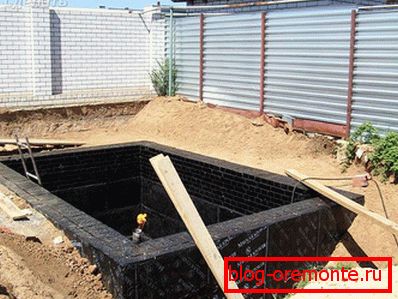
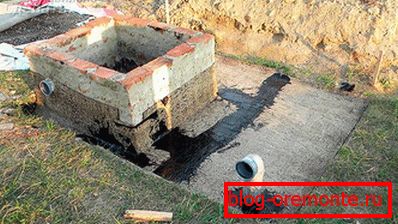
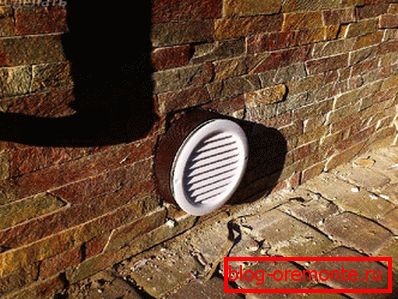
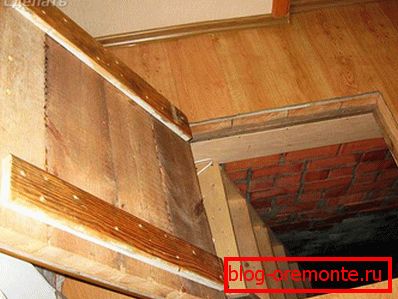
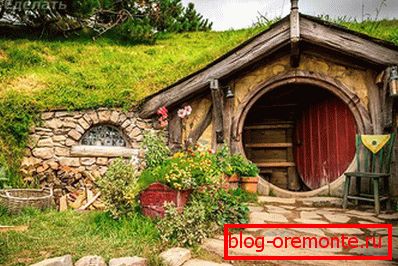
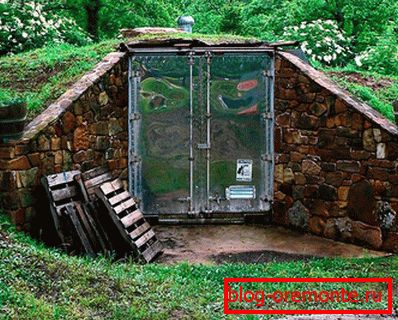
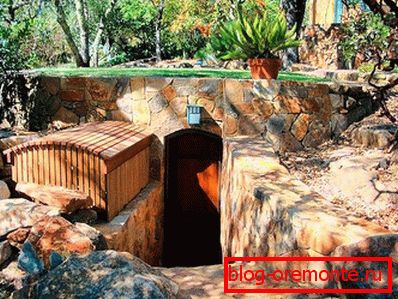
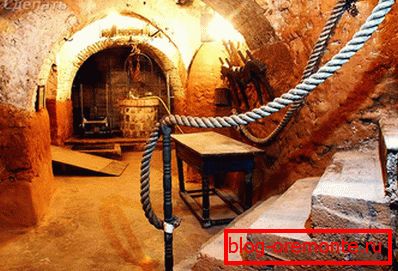
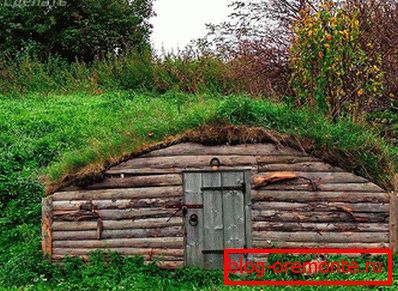
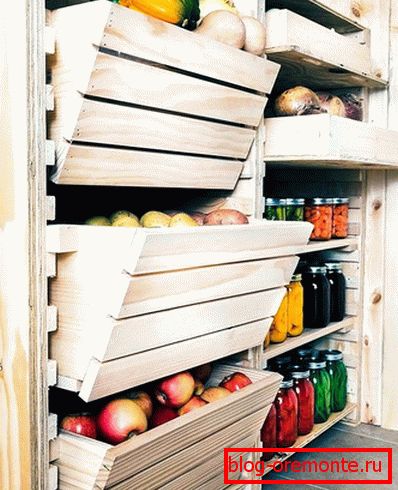
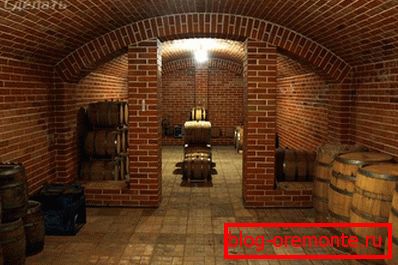
Scheme
